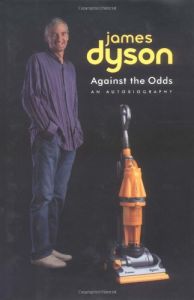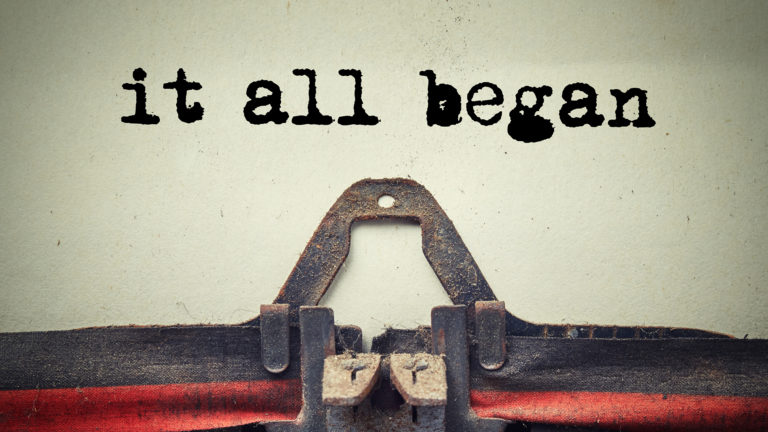Join getAbstract to access the summary!

Join getAbstract to access the summary!
James Dyson
Against the Odds
An Autobiography
Thomson Texere, 2003
What's inside?
The fascinating story of inventor James Dyson's vacuum cleaner teaches innovators to test, persist and maintain control.
Recommendation
This book is subtitled "an autobiography," but it isn't really about James Dyson, the man. It is about James Dyson, the inventor and designer who conquered the vacuum cleaner market. The difference? Dyson includes everything that might explain his success as an inventor, but gives only limited attention to his personal or interior life. Dyson briefly mentions some crucial points, like the strain his ongoing travels put on his marriage, or his wonderment at his companies' many lawsuits, but if you're seeking a man's inside emotional story, this isn't it. However, if you're looking for an exciting account of an inventor who proceeds, as Dyson puts it, in an Edisonian fashion, read this book. getAbstract.com recommends it to anyone engaged in design, engineering, marketing or innovation. The stories it contains, especially the descriptions of inspiration or frustration - are refreshing in this theoretical age, as is his advice on creating and marketing innovative products. Dyson's book proves that a vital place still exists for individual vision and old-fashioned perseverance.
Summary
About the Author
James Dyson studied design at the Royal College of Art in England, but is better known as the inventor of the Sea Truck, the Ballbarrow and the Dyson Dual Cyclone vacuum cleaner, his greatest success.


















Comment on this summary